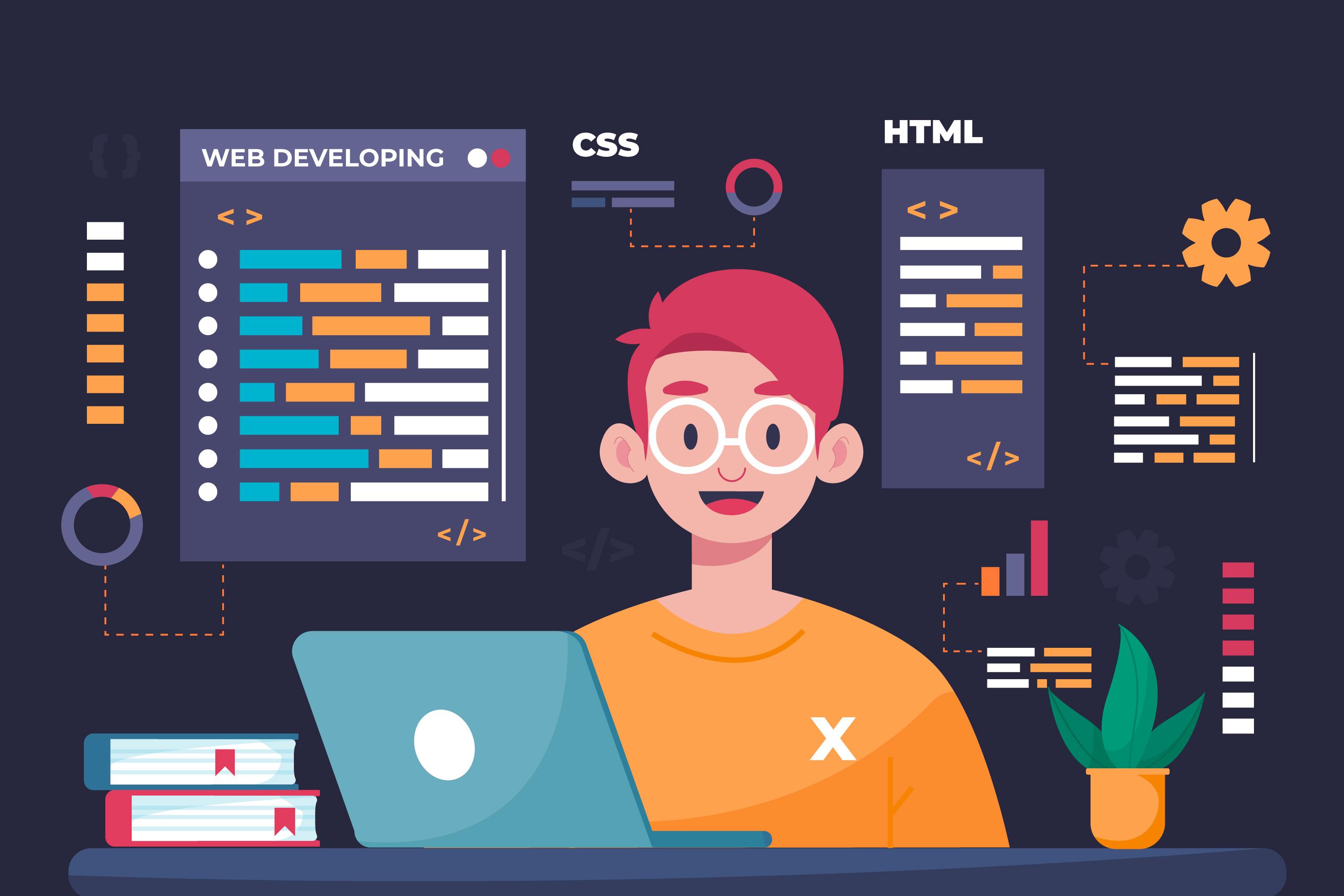Finding the Ideal Software Development Partner for Innovative Solutions
Committed Developers vs. In-House Teams: Which Is Right for You?
The choice between utilizing dedicated programmers and maintaining an internal team is a substantial one that can influence the trajectory of your tasks and general service method. On the other hand, in-house teams add to a natural business society and a nuanced understanding of lasting goals.
Understanding Committed Programmers
The growing demand for specialized skills in the tech industry has actually resulted in the introduction of dedicated designers as a practical remedy for lots of companies. These experts are generally acquired on a job basis, allowing firms to utilize certain competence without the long-lasting dedication linked with full-time hires. Committed designers are typically ingrained within a client's team, providing adaptability and scalability to fulfill job demands.
This version permits companies to access a worldwide skill pool, which is particularly useful in a swiftly developing technical landscape. Committed developers can be sourced from numerous geographical areas, ensuring that business can discover the appropriate capability at competitive rates. They often bring a riches of experience and expertise, having actually worked with varied jobs across various sectors.
Furthermore, committed designers can focus specifically on the tasks at hand, boosting productivity and efficiency. They are furnished to incorporate flawlessly into existing process, working together closely with internal groups to accomplish project purposes. This strategy not just lowers the burden of employment and training however additionally permits organizations to remain nimble, adapting promptly to transforming market needs and technical developments.
Advantages of In-House Teams

In addition, internal teams tend to have a much deeper understanding of the business's objective, values, and objectives. This alignment can enhance employee interaction and motivation, as team participants feel more connected to their work and the organization's success. Furthermore, having a dedicated internal group permits far better positioning of objectives and techniques, as these members are continually concentrated on the company's top priorities.
In-house groups additionally help with quicker decision-making procedures, as they can react more rapidly to changes and obstacles. The recognized connections and experience with business methods enable structured operations and decreased miscommunication. Ultimately, the mix of a natural society, positioning with organizational objectives, and reliable communication makes internal teams a useful possession for many companies, particularly those wanting to cultivate long-term growth and technology.
Expense Factors To Consider
When assessing expense factors to consider, both devoted designers and internal groups present unique financial ramifications for companies. Involving dedicated designers typically includes a pay-per-project or per hour price model, which can be cost-efficient for organizations with varying task needs. This approach permits versatility in scaling resources up or down, making certain that companies just pay for the services they require.
In contrast, in-house groups entail fixed prices, consisting of click here for more info incomes, advantages, and overhead costs such as office and equipment. While this design provides better control and immediate availability of resources, it might cause greater long-lasting expenses, specifically if the workload does not warrant a permanent personnel.
In addition, firms must consider the covert expenses connected with employment and training of in-house workers, which can even more stress budget plans. Sometimes, the moment and sources invested in taking care of an in-house group can diminish the company's core service purposes.

Job Administration and Versatility
Project monitoring and adaptability are critical elements that influence the selection between devoted designers and in-house teams. Devoted groups usually have developed procedures for taking care of projects properly, leveraging particular methods like Agile or Scrum, which assist in repetitive progress and flexibility.

Ultimately, the option in between dedicated developers and internal teams rests on the desired level of adaptability and the specific project management demands. Business have to examine their operational characteristics, job complexity, and resource schedule to identify which alternative visit the website aligns ideal with their strategic goals.
Making the Right Choice
Picking the ideal development method-- dedicated designers or in-house teams-- needs a careful evaluation of numerous elements that straighten with a company's calculated objectives. Conversely, internal groups can offer better continuity and combination with existing personnel.
Next, review your budget. Committed programmers commonly offer a cost-effective option for temporary projects, while in-house groups might sustain greater long-term expenses as a result of wages, benefits, and expenses expenses. Analyze the level of control and collaboration wanted; internal teams usually foster more powerful interaction and positioning with firm society.
Furthermore, think about the time framework. If instant results are essential, devoted designers can be onboarded quickly, whereas constructing an internal team takes time for recruitment and training. Ultimately, evaluate the long-term vision of your company. If constant advancement is vital, buying an internal team might produce far better returns with time. Eventually, the decision rests on a comprehensive evaluation of these aspects, making certain placement with your business's general objectives and functional requirements.
Final Thought
In verdict, the choice between internal teams and click for more specialized programmers hinges on project demands and business purposes. Conversely, internal teams grow a cohesive society and much deeper positioning with lasting objectives.
The decision in between utilizing dedicated developers and keeping an internal team is a significant one that can impact the trajectory of your jobs and overall business technique.Job administration and adaptability are crucial variables that affect the choice between dedicated designers and internal groups. software development staff augmentation.In contrast, internal teams may excel in preserving a consistent project monitoring structure due to their familiarity with the organization's culture and long-term goals. Dedicated designers commonly present an affordable service for short-term tasks, while internal groups might incur greater lasting expenses due to wages, benefits, and overhead expenses.In verdict, the decision in between in-house groups and specialized programmers pivots on job requirements and business objectives